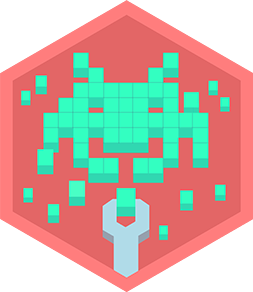Use a javascript game engine
Create a simple browser game using a JavaScript game engine like Phaser, learning basic coding, sprites, keyboard controls, and simple game logic.



Step-by-step guide to create a simple browser game using a JavaScript game engine
Easy JavaScript Game Tutorial
Step 1
Create a new project in your editor and make two files named index.html and game.js so your game has a web page and a script file.
Step 2
Open index.html and paste this script tag inside the head to add Phaser to your page:
Step 3
In index.html add this script tag just before the closing






